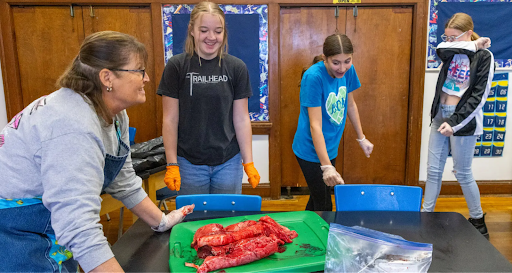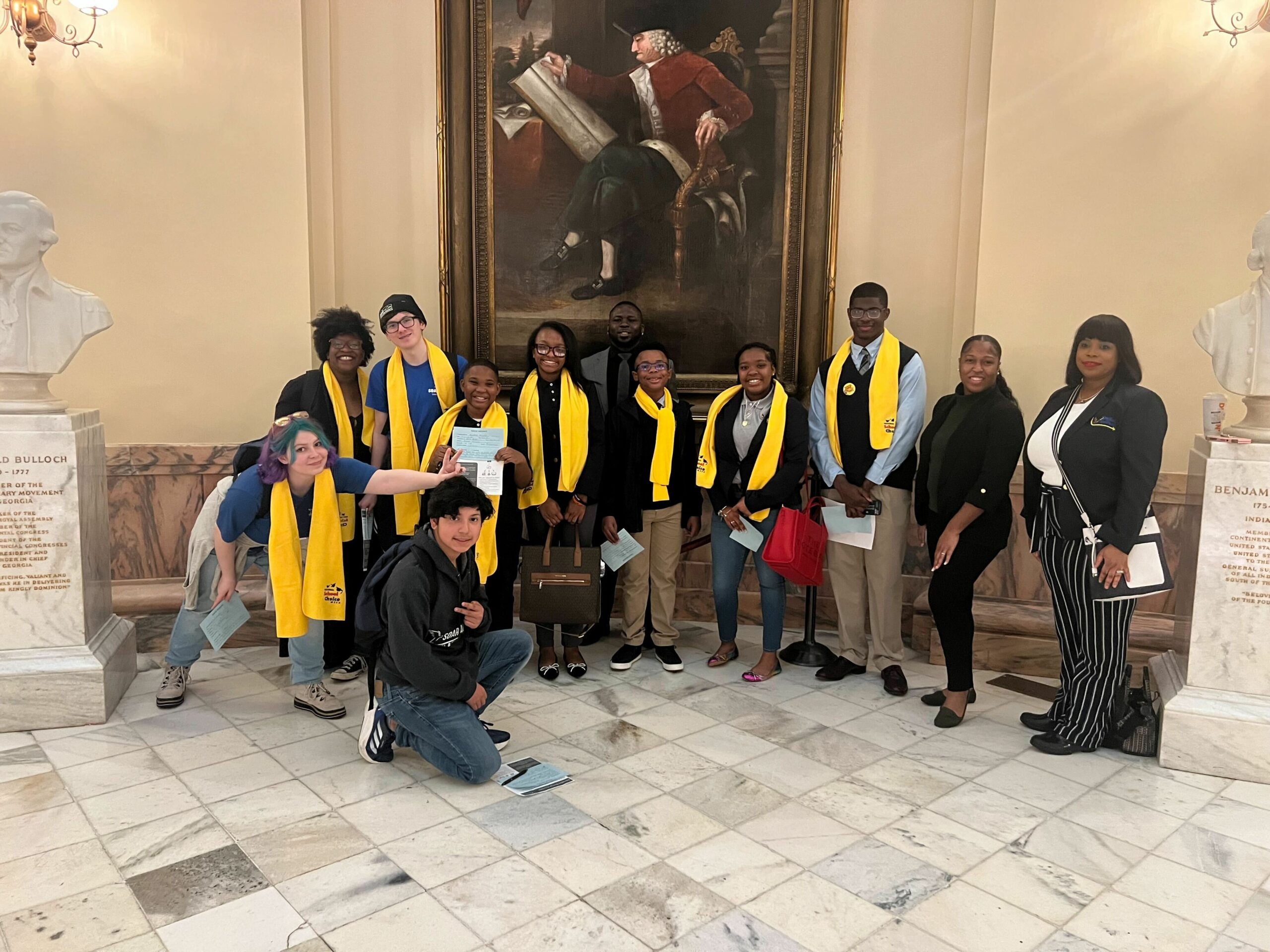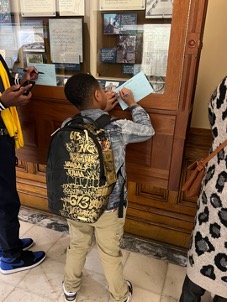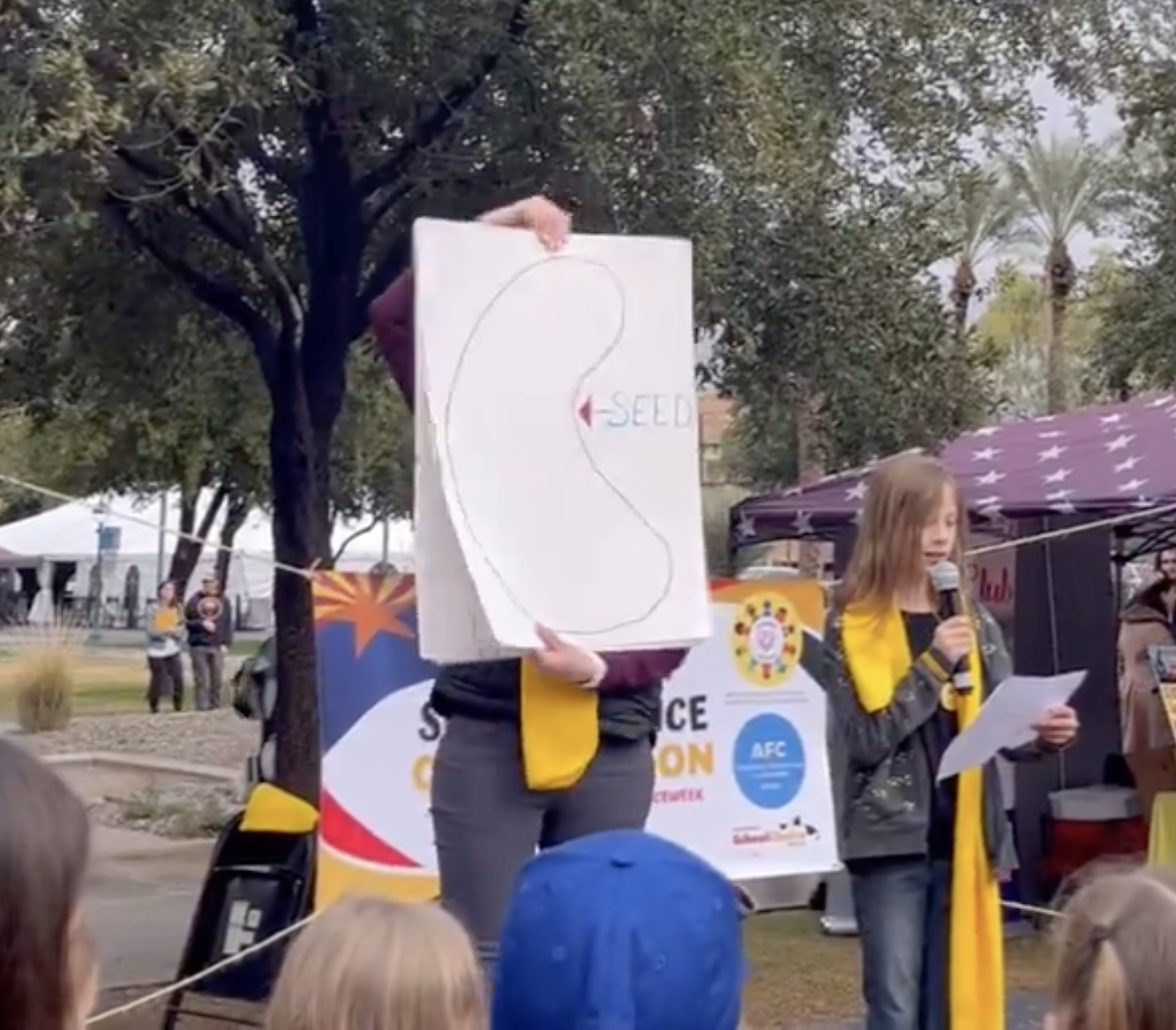Jump to: Top Tasks | From the Field | Key Resources | Moments of Resilience
It is week 172 of our new reality and we are taking stock of what the latest data tells us about the state of learning in America.
“I really seem to have guessed wrong about this,” writes long-term blogger and commentator Kevin Drum in a new piece examining the latest NWEA student achievement data. “I believed, basically, that kids are resilient and would make up any lost learning in pretty short time.”
Kevin is out on a limb here, not because his belief that kids would bounce back was much different than the assumptions a whole host of commentators and reporters shared but instead because he is one of the few willing to admit he was wrong.
Nat Malkus captures this disconnect nicely in a new piece on the NWEA results for AEI. Many assumed “that teachers and students are at least digging their way out of COVID learning loss, no doubt buoyed by the hundreds of billions in federal pandemic aid for public schools,” he writes. “Even if progress is slower than we would like, catching up is a long game and patience is warranted. Right? Unfortunately, no. New data from the last school year suggest that over the past year academic recovery is worse than slow: It’s running in the wrong direction.”
SUBSCRIBE
Why has the progress in catching kids up slowed to a halt, with learning loss deepening rather than the other way around? As Tom Kane told the New York Times: “The recovery effort has been undersized from the very beginning. We have seen examples of programs that were making a difference for students, but none have been at the scale or intensity required.”
One reason we haven’t achieved the scale and intensity required is that districts haven’t focused their spending of these emergency federal funds on the most important ways to catch kids up. In fact, while the massive ($190 billion) infusion of federal money into school districts was justified as necessary to ensure kids recover from the pandemic, in far too many cases this windfall has become a slush fund for districts’ long list of pet projects.
The approach of Oregon’s Klamath County school district provides an example of the problem. It is spending only “30 percent of its $16.1 million federal share on academic recovery programs and 70 percent on facilities projects. Those include buying new turf fields, replacing HVAC systems, upgrading flooring, renovating bleachers in baseball fields, constructing a gym and surfacing an elementary school parking lot.”
America’s students have been living in a harsh new reality since March 2020 that has completely unended their lives. But far too often our nation’s leaders haven’t taken this reality seriously enough to break free of politics as usual.
Last week, we took a hard look at the recent NAEP results and we put a spotlight on one replicable model out of Louisiana, where the bipartisan win from Louisiana Kids Matter mandates high-dosage tutoring for every student in every school. This week, we focus on a call from former New York City mayor Mike Bloomberg to both political parties to demonstrate the leadership needed to solve this learning crisis and we look at promising signs from New Jersey’s push to expand tutoring for kids.
TOP TASKS
Hear Bloomberg’s Clarion Call
“This is a five-alarm fire, but most elected officials aren’t responding or even discussing it,” Mike Bloomberg writes in a direct and forceful op-ed in the Wall Street Journal. “There is no plan from Washington, no joint session of Congress, no Oval Office address. What’s a presidential bully pulpit for, if not this? The collective shrug from both parties is a disgrace.”
Bloomberg, long a results-oriented leader willing to push for big changes to the status quo, pulls no punches in his assessment of what’s gone wrong. “Republicans are spending their time trying to remove books from school libraries—in the middle of a literacy crisis… Democrats have been just as derelict. For three years, they have thrown money at the problem with no plan for actually solving it—and no oversight, accountability, and rigorous standards to ensure they do. They are now spending down the last of the federal stimulus money with little to show for it but lower test scores and emptier classrooms.”
What should they be focused on? Bloomberg puts the spotlight on a solution we have long championed in this newsletter and advanced in our state campaigns: reimaging summer as a time for learning and growth. The Summer Boost program supported by Bloomberg Philanthropies shows what’s possible: “Of the 16,000 struggling students who participated last summer, the percentage who met grade-level standards in math by summer’s end nearly doubled. In English, it more than doubled, getting them back on track for success.”
And what do we do if politicians keep ignoring the problem and standing in the way of scaling up these solutions? When those incumbents “come seeking votes, take them to school—and if they don’t confront the crisis, vote them out.”
THE TASK OF THE WEEK IS
Scale Tutoring Immediately and Rapidly
Longtime readers will remember the efforts the JerseyCAN team undertook in 2021 and early 2022 to help launch the New Jersey Tutoring Corps with philanthropic support. Built in just 34 days to respond to urgent student needs, uptake of the program was so high that the team was subsequently able to secure public funding to expand the program.
Last week, the New Jersey Tutoring Corps team announced the results of these efforts. Students that worked with their staff increased grade level proficiency in math from 16% to 40% and increased grade level proficiency in literacy from 23% to 40%.
We’ve seen how tutoring is an intervention that works at all grade levels and in all communities. We’ve heard how it not only accelerates students but can transform entire schools. These latest results out of the Garden State are yet another example of how tutoring remains one of the most reliable and untapped strategies for catching kids up.
New Jersey Tutoring Corps Executive Director Katherine Bassett is clear-eyed on the resolve needed moving forward, writing, “we remain in an all-hands-on-deck moment… We look forward to continuing to scale our program and move with urgency until we are fully back on track.”
THE TASK OF THE WEEK IS
FROM THE FIELD
 Two years in the making, one of ConnCAN’s signature bills for 2023 was signed last week by Governor Lamont, pictured here with ConnCAN State Grassroots Manager Luis Ortiz. The new law, the progress of which we’ve previously covered, requires schools to provide translators upon request at parent-teacher meetings, establishes bilingual programs when there are more than 20 ELL students in a school and delivers on parents’ right to know how their children are advancing in language acquisition.
Two years in the making, one of ConnCAN’s signature bills for 2023 was signed last week by Governor Lamont, pictured here with ConnCAN State Grassroots Manager Luis Ortiz. The new law, the progress of which we’ve previously covered, requires schools to provide translators upon request at parent-teacher meetings, establishes bilingual programs when there are more than 20 ELL students in a school and delivers on parents’ right to know how their children are advancing in language acquisition.
Executive Director Kelli Bottger of Louisiana Kids Matter celebrated the signing of SB177 by Governor John Bel Edwards. SB177’s legislative passage, covered previously in the Roundup, brings 30 minutes of tutoring, 3 days a week to every student in the state.
 HawaiiKidsCAN Executive Director David Miyashiro speaks with Governor Josh Green following the signing of HB503, which kickstarts the strategic planning toward making computer science a requirement for high school graduation. The new law is a step forward in David’s multi-faceted approach to making Hawaii the best state in the country at opening up new career pathways for kids.
HawaiiKidsCAN Executive Director David Miyashiro speaks with Governor Josh Green following the signing of HB503, which kickstarts the strategic planning toward making computer science a requirement for high school graduation. The new law is a step forward in David’s multi-faceted approach to making Hawaii the best state in the country at opening up new career pathways for kids.
Key Resources
The National School Choice Awareness Foundation, previously National School Choice Week, reports on the record-breaking 19 states that expanded school choice in 2023.
Reason examines states that permit students to attend a school in an unassigned district for a cost, including a New York district that charges $21,000 annually.
Gallup’s new poll finds that Americans’ confidence in public schools is at the lowest in history, at 26%, an erosion that continued in 2023.
Urban Institute looks at the reasons Massachusetts is struggling to diversify their teacher workforce, finding that certification tests and licensure are large barriers.
Marc Porter Magee joined The Citizen Stewart Show to talk about the five promises we should make to America’s students.
The 74 Million maps states where legislation has changed to require instruction based in the science of reading.
Mathematica has a new study of tutoring programs in math, finding that virtual and in-person programs have both produced strong results when they have high student attendance and necessary staffing and logistics.
FutureEd studies how California is spending ESSER funding, finding that the largest portion of ESSER III funds went to academic and mental health supports for students.
Chalkbeat suggests that New York City’s graduation rate was likely inflated during the pandemic due to a policy that replaced failing grades with incompletes.
Moment of Resilience
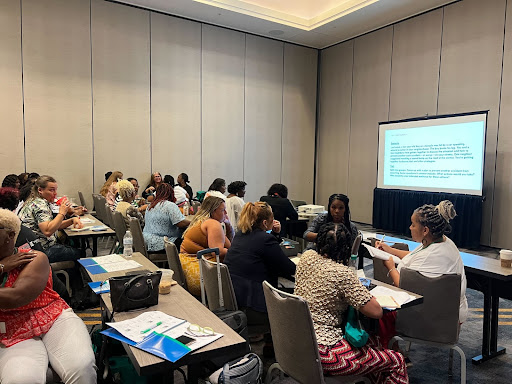
Parents from across the state of Georgia gathered together, in person and virtually, to take 50CAN’s Advocacy 101 course. GeorgiaCAN Outreach Director Steven Quinn reports back: “This is the first time we’ve had a training so well attended that it’s standing room only. Parents are concerned with the school system. They want to see change and they want to make it.”



